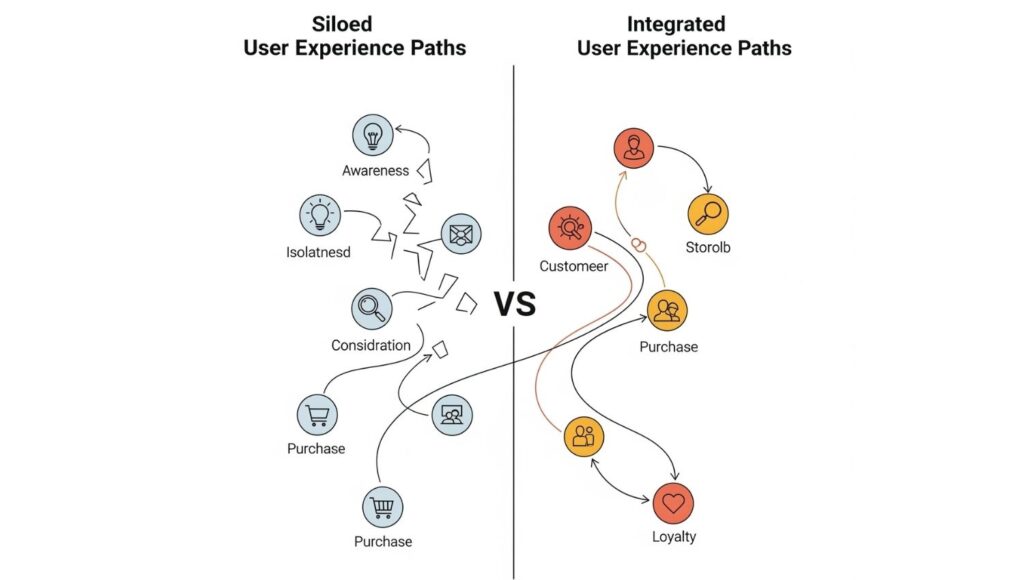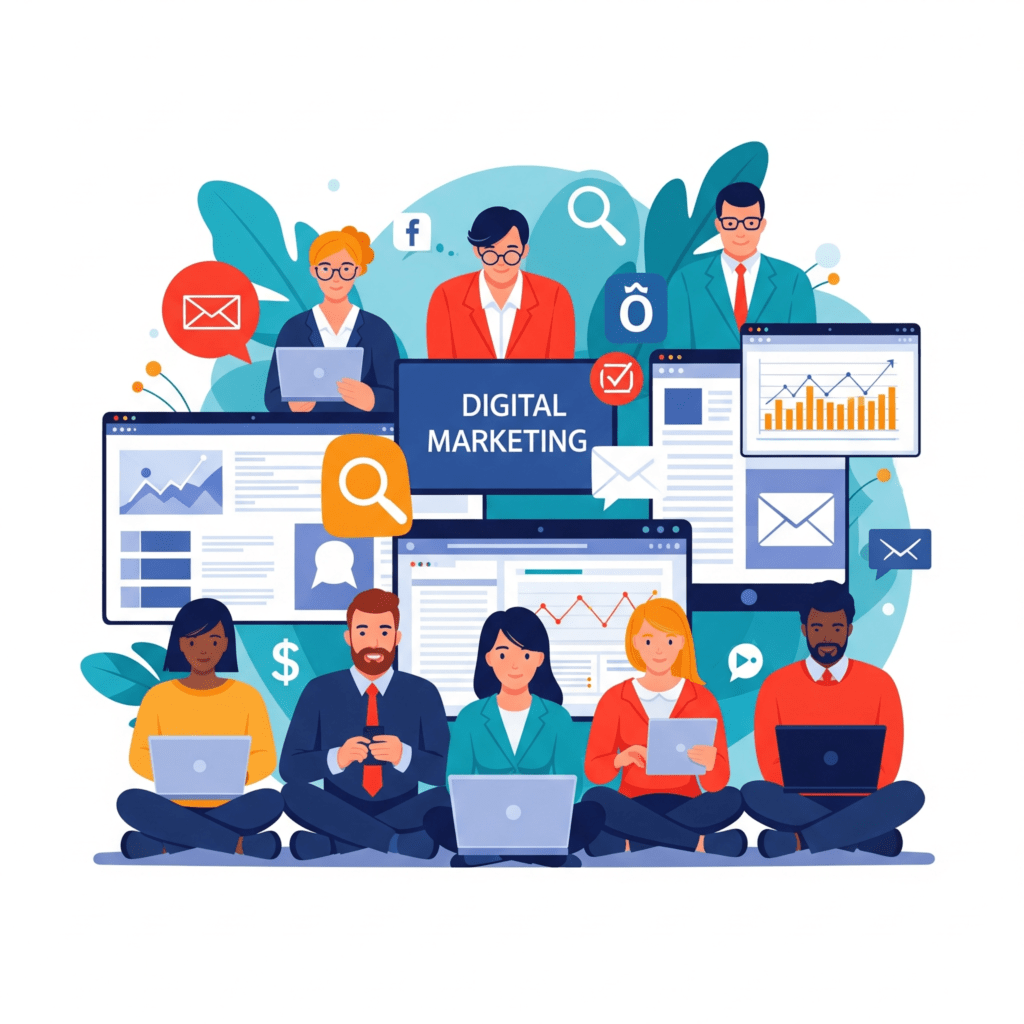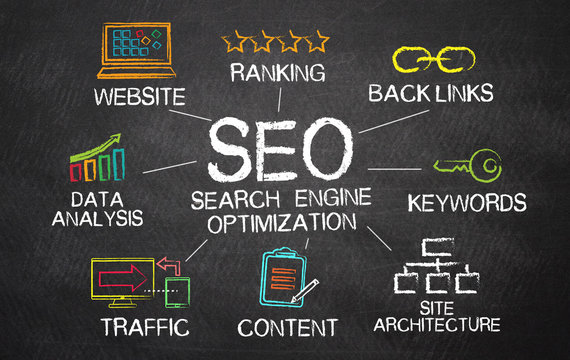Multi-Channel vs Omnichannel: What’s Right for Your Brand?
Table of Contents

1. Introduction
In the competitive digital marketing landscape today, businesses are posed with a significant strategic dilemma:
Must you go Multi-Channel or Omnichannel?
Though both seek to connect with customers through multiple touchpoints, they are starkly different in their strategy and implementation. Selecting the optimal approach can enhance or destroy your brand’s customer experience, ROI, and long-term loyalty.
This comprehensive guide will aid you in comprehending the distinction, comparing advantages and disadvantages, and making the decision on which method best fits your brand objectives.
2. What is Multi-Channel Marketing?
Multi-Channel Marketing is a tactic in which a company employs multiple channels—i.e., social media, email, websites, brick-and-mortar stores, apps—to talk with and sell to consumers.
Each channel is independent, with its own content strategy, objectives, and measures of performance.
Key Characteristics:
- Distinct strategies by platform
- Incongruent brand messaging throughout channels
- Various user journeys based on the platform
- More concerned with reach rather than customer experience
Examples of Multi-Channel in Action:
- A company with a Facebook ad campaign and promotional emails being sent.
- A physical store selling through its website and independently on Amazon with unique pricing.
3. What is Omnichannel Marketing?
Omnichannel Marketing emphasizes building a seamless and integrated customer experience on all touchpoints and platforms.
It maintains consistency in brand messaging, customer service, and personalization, regardless of whether your customer is shopping on your website, social media, app, or in-store.
Key Characteristics:
- Combined customer data across channels
- Personalized and consistent messages
- Customers are able to switch platforms halfway through their journey without friction
- Customer-centric approach with deep integration
Examples of Omnichannel in Action:
- A customer places a product in their cart on your app, gets a reminder email, and makes the purchase in-store.
- Chat support that carries on even after the user leaves your website on WhatsApp.
4. Key Differences Between Multi-Channel and Omnichannel
| Feature | Multi-Channe | Omnichannel |
| Customer Experience | Fragmented | Seamless & Integrated |
| Channel Coordination | Independent | Highly Connected |
| Personalization | Limited or None | High – based on unified customer data |
| Data Sharing | Siloed | Centralized across systems |
| Customer Journey Flow | Disjointed | Continuous and consistent |
| Objective | Maximize channel performance | Enhance overall customer experience |
5. Multi-Channel Marketing Advantages and Disadvantages
Pros:
- Simple to execute
- Easier to reach more people
- Individually optimized per channel
- Control over budget per platform
Cons:
- Not personalized
- Patchy customer experience
- Greater risk of duplicate messages
- Data dispersed and difficult to bring together
6. Omnichannel Marketing Advantages and Disadvantages
Pros:
- Increased customer satisfaction and retention
- Real-time, personalized marketing
- Single brand voice
- More convenient upselling and cross-selling
Score: Cons:
Opposite of above advantages
- Difficult to install and configure
- More data integration and sophisticated tools
- More expensive and technology infrastructure
- Requires a synchronized marketing team
7. Multi-Channel vs Omnichannel: Which Is Better for Your Business?
| You should select… | If you… |
| Multi-Channel | Have a small team, few tech resources, and desire to experiment on multiple platforms. |
| Omnichannel | Seek high customer loyalty, possess CRM software, and desire a long-term brand. |
8. Real-Life Brand Examples
Nike – Omnichannel Leader
Nike integrates web, mobile, in-store, and app data to provide a seamless experience. It recommends products via in-store activity.
H&M – Multi-Channel Success
H&M utilizes social media, retail stores, and eCommerce effectively, but price or experience differs across channels, so customers usually complain.
9. Omnichannel Strategy: How to Get Started
- Invest in a CRM: HubSpot, Salesforce, and others bring data together.
- Map Customer Journey: Know entry points and pain areas.
- Unify Branding: Logos, tone, CTAs must be consistent.
- Train Your Team: Sales, support, and marketing have to align.
- Implement Marketing Automation: Use tools such as Klaviyo, Omnisend to deliver targeted messages.
- Track and Optimize: Utilize integrated dashboards for better performance.
10. Multi-Channel Strategy: Best Practices
- Choose the Right Channels: Don’t go too thin. Do what works.
- Platform-Specific Content: Tailor content for Instagram vs. LinkedIn.
- Analyze Channel Performance: Utilize UTM codes and analytics.
- Keep Branding Consistent: Utilize your logo, color palette, and tone across channels.
- Create Cross-Channel Campaigns: Reinforce messaging across different platforms.
11. SEO and Content Marketing in Omnichannel vs Multi-Channel
SEO in Omnichannel
- Unified keyword strategy
- Centralized content calendar
- Cross-channel link-building
- Strong internal linking between blogs, landing pages, and campaigns
SEO in Multi-Channel
- Channel-specific content
- Various approaches to email, social media, and website
- Simpler to segregate SEO tests by channel
12. Key Metrics to Track
| Metric | Why It Matters |
| Customer Lifetime Value (CLV) | Tracks long-term value and loyalty |
| Customer Retention Rate | Measures how well you retain users |
| Channel ROI | Identifies the most lucrative channels |
| Net Promoter Score (NPS) | Tracks user satisfaction |
| Conversion Rate by Channel | Optimizes CTAs and UX for each channel |
| Average Order Value (AOV) | Reflects purchasing behaviour |
13. Common Mistakes to Avoid
In Multi-Channel:
- Reposting the same content everywhere
- Forgetting about email and SMS
- Considering only reach, not engagement
In Omnichannel:
- Hurrying integration without planning
- Forgetting offline activity (store visits, calls)
- Over-personalization that creep out customers
14. Future Trends in Channel-Based Marketing
- AI-Powered Personalization
- AR Shopping Experiences
- Voice Commerce Growth
- Predictive Customer Journeys
- Integration with IoT Devices
- First-Party Data Importance Post-Cookies
15. Final Verdict: What Should You Choose?
| If you’re just beginning… | Multi-Channel can be handled and scaled. |
| If you’re invested in long-term brand equity… | Omnichannel yields greater customer trust and improved ROI. |
Hybrid Approach Tip: Begin with Multi-Channel and gradually add systems and messaging to move towards Omnichannel.
16. FAQs
Is Omnichannel exclusive to large businesses?
No. Small businesses can begin using low-cost tools such as Zoho CRM, Mailchimp, and WhatsApp APIs.
Can I implement both Multi-Channel and Omnichannel?
Yes, most businesses implement blended approaches while slowly moving toward Omnichannel.
What strategy provides greater ROI?
Omnichannel will generally result in greater customer retention and improved ROI in the long run, but Multi-Channel is able to provide quicker wins.
What software enables Omnichannel marketing?
- HubSpot
- Salesforce
- Klaviyo
- Zoho
- Segment
- Adobe Experience Cloud
Is email still relevant in both strategies?
Yes! Email is a strong touchpoint for conversions and nurturing in both Multi-Channel and Omnichannel strategies.


